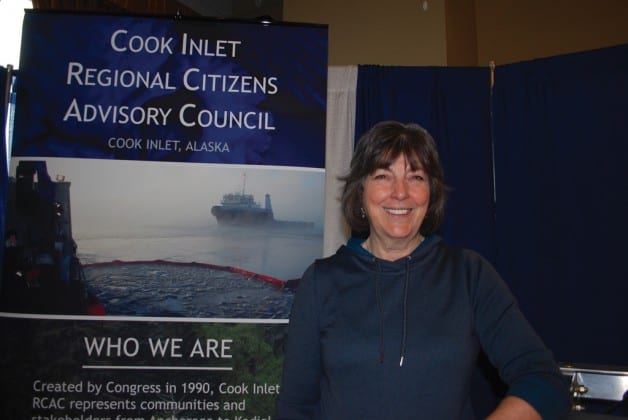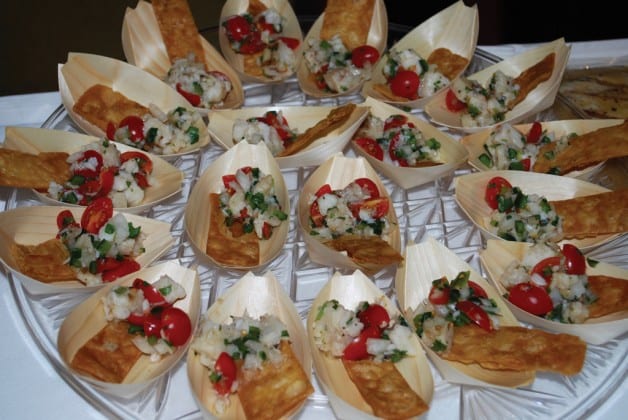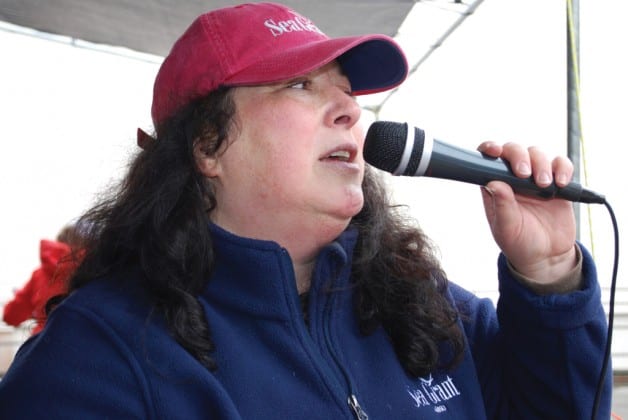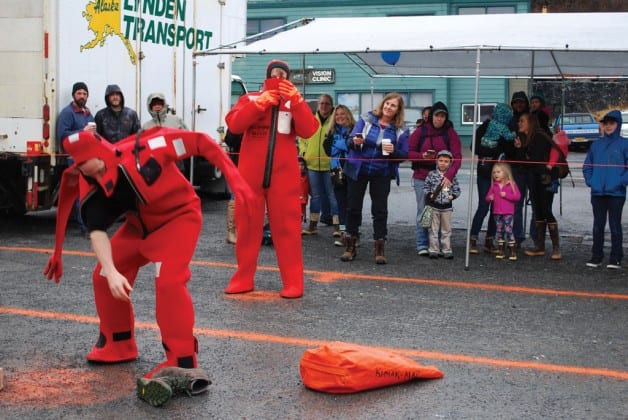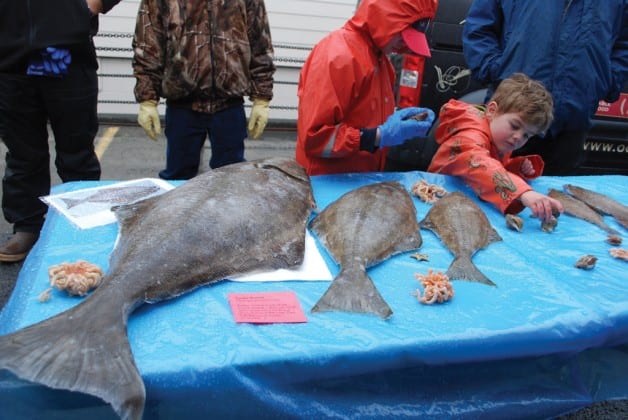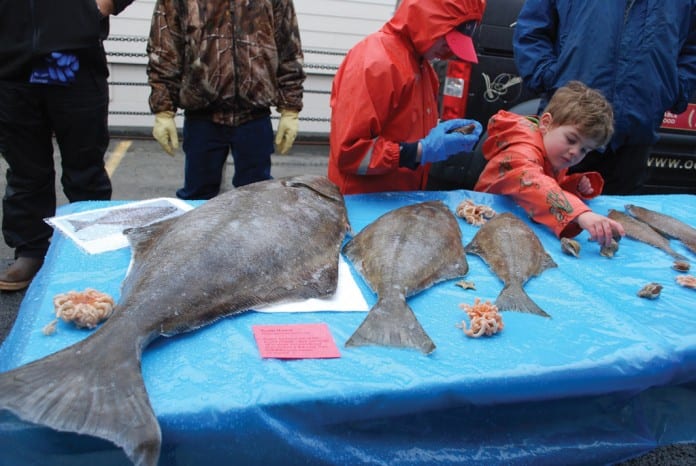
From fish politics to new products to an update on electronic monitoring in commercial fisheries, ComFish Alaska 2017 brought together an eclectic group of politicians, processors, and harvesters to talk shop at Kodiak March 30 –April 1.
Topics presented at forums, which were well attended during three days of wind and rain, ranged from pending legislation on strengthening Alaska’s fish habit permitting process and stakeholder engagement in fisheries policy and management to updates in electronic monitoring, education for young harvesters and the economics of the Alaska Seafood Marketing Institutes global food aid program.
Nancy Munro, president of Saltwater Inc., an observer and electronic monitoring service, with members of the North Pacific Fishery Management Council’s EM Workgroup, shared their perspectives on how the program is working and how it will continue to develop over the next few years.
Munro’s Anchorage based firm has been collecting fisheries data through its observer programs for three decades and electronic monitoring data for the past eight years. Its services in multiple U.S. fisheries include Alaska’s fixed gear fishery.
Electronic monitoring was introduced in an effort to provide options to putting human observers on board, and still collect necessary data, including information about the incidental catch of species not targeted in a fishery.
“Considering the generic human resistance to change and the process of envisioning a program by a committee of competing interests, I think we’re doing okay,” said Munro, in response to a query about the overall progress of the EM program in Alaska’s commercial fisheries. “We have a ways to go to design a program which will be cost effective for industry, but we are making progress,” she said in an email response to questions following the ComFish presentation.
The federal fisheries council and National Marine Fisheries Service decided that in Alaska electronic monitoring dada would be used for catch accounting, which is more complicated than an EM program focused on compliance monitoring or audits of skipper logbooks, she said. “It sets the bar pretty high for everyone, and there’s been a learning curve.”
As part of the pre-implementation model for the pot cod fishery, NMFS observers are reviewing EM data in Anchorage, a situation that has created a tight feedback loop between the boats and the data, she said. “With timely results, we are able to provide in-season feedback memos to vessels and correct issues that interfere with collecting good data. We are using open source review software which decreases costs and encourages innovation,” she said.
Alaska Department of Fish and Game Commissioner Sam Cotten addressed budget issues faced by his agency, and the state’s appeal for disaster relief for fishermen and processors who lost millions of dollars due to a very weak return of pink salmon in 2016. In response to a question from one Kodiak resident, he said he did not see any change of the agency’s habitat division being moved again back to the state Department of Natural Resources.
Rep. Louise Stutes, and Sen. Gary Stevens, both R-Kodiak, offered updates on fisheries bills and budget issues currently before the Legislature. The budget, they said is a priority, and Stutes added that “to get anything done for this state, there’s going to have to be give and take on both sides.”
An update on the military training exercises in the Gulf of Alaska, which begins on May 1, was offered by Rear Adm. John Korki of the U.S. Pacific Fleet in Hawaii and Lt. Gen Ken Wilsbach of the Alaskan Command, who emphasized that no bombs or missiles would be deployed during Northern Edge 17 in the Gulf of Alaska, and that plans were to use considerably less munitions than authorized.
Korka also said that NE17 was expected to have about $13 million in economic impact to communities in Alaska for everything from port fees to contracted fishing vessels to be employed during the exercises.
In response to questions about why NE17 has to be held at that time, Wilsbach said there are a lot of factors that go into why these exercises are held where and when, including the availability of military forces. Specifics of when exercises are planned are based on other activities,” he said.
“There are a lot more emerging threats (currently) and our forces are spending a lot more time away from than at home,” Korka added. To put such training together, which happens two years in advance, military officials have to consider everything from the availability of ships and needed maintenance to the availability of assets and the training needed for various military operations.
“Money is a factor; fiscal constraints are an issue,” he said.
Other presenters at the forums included fisheries historian Tim Troll, who offered two presentations on the sailboat days in Bristol Bay, updates on marine safety from the National Institute for Occupational Safety and Health, U.S. Coast Guard resources available to Alaska’s fishing communities, and educational programs available to young fishermen.
Jeremy Woodrow of the Alaska Seafood Marketing Institute, with fisheries economist Andy Wink of the McDowell Group, offered an update on Alaska’s seafood in the global marketplace.
Jim Harmon, executive director of SeaShare, a domestic hunger relief organization in Seattle, spoke about efforts to store and distribute wild Alaska seafood donated by processors to food banks and Alaska and nationwide. Bruce Schactler, global food aid director for the Alaska Seafood Marketing Institute, addressed efforts in market expansion and product development of Alaska seafood products into both domestic and foreign food aid programs.
More information about SeaShare is online at
www.seashare.org
Information about ASMI’s global food aid program can be found at
www.alaskaseafood.org/food-aid/
